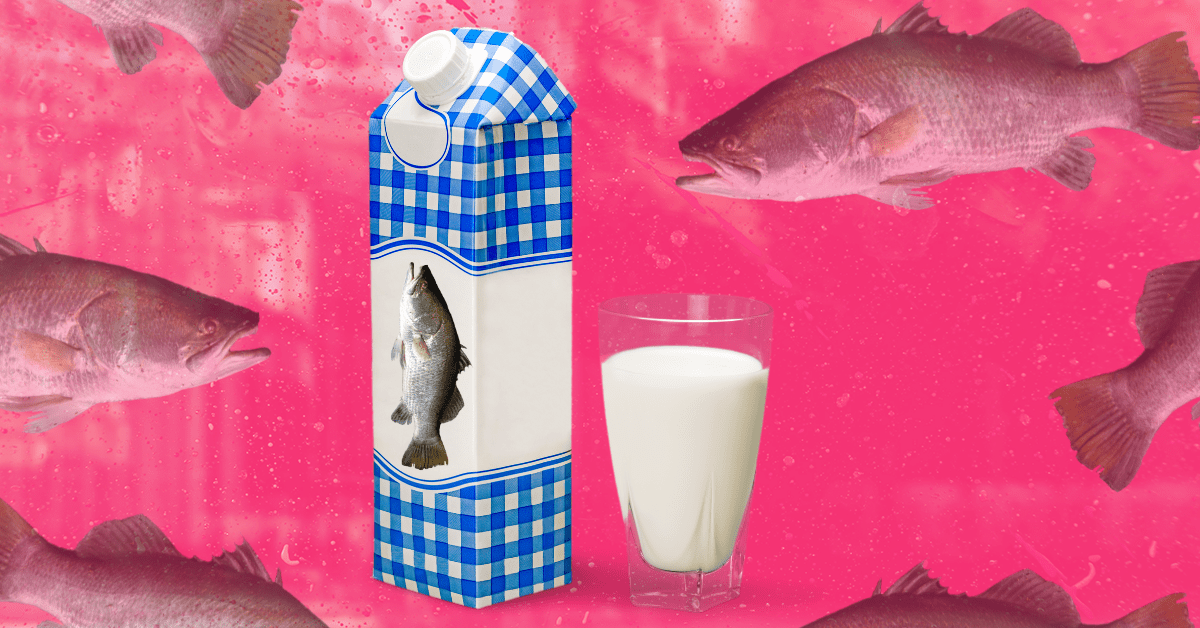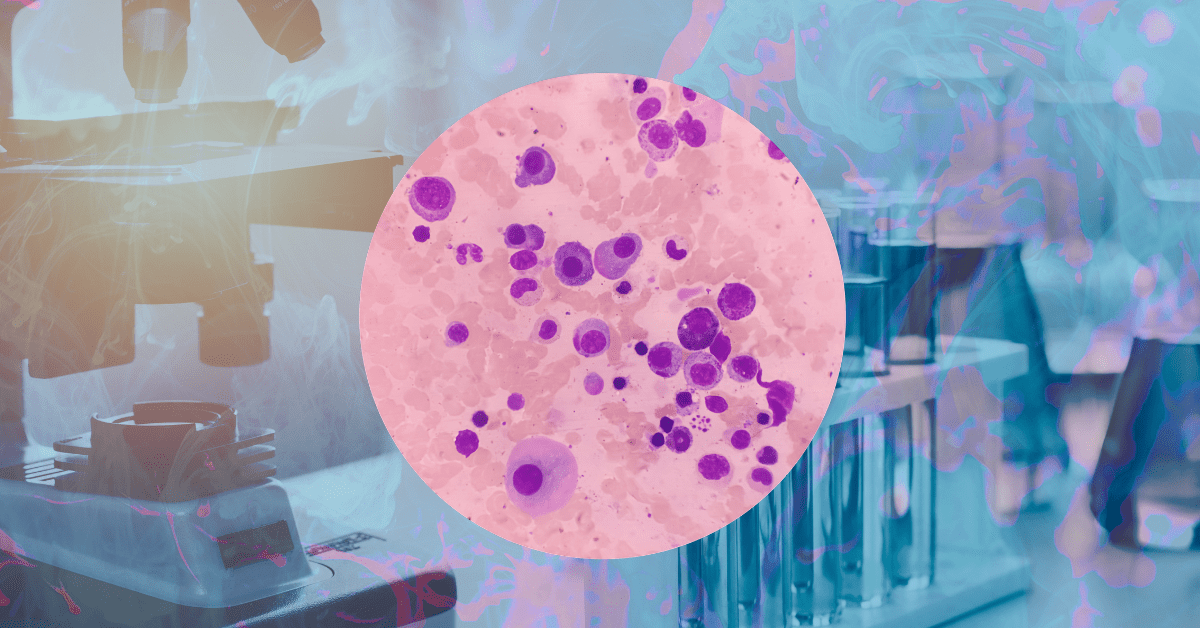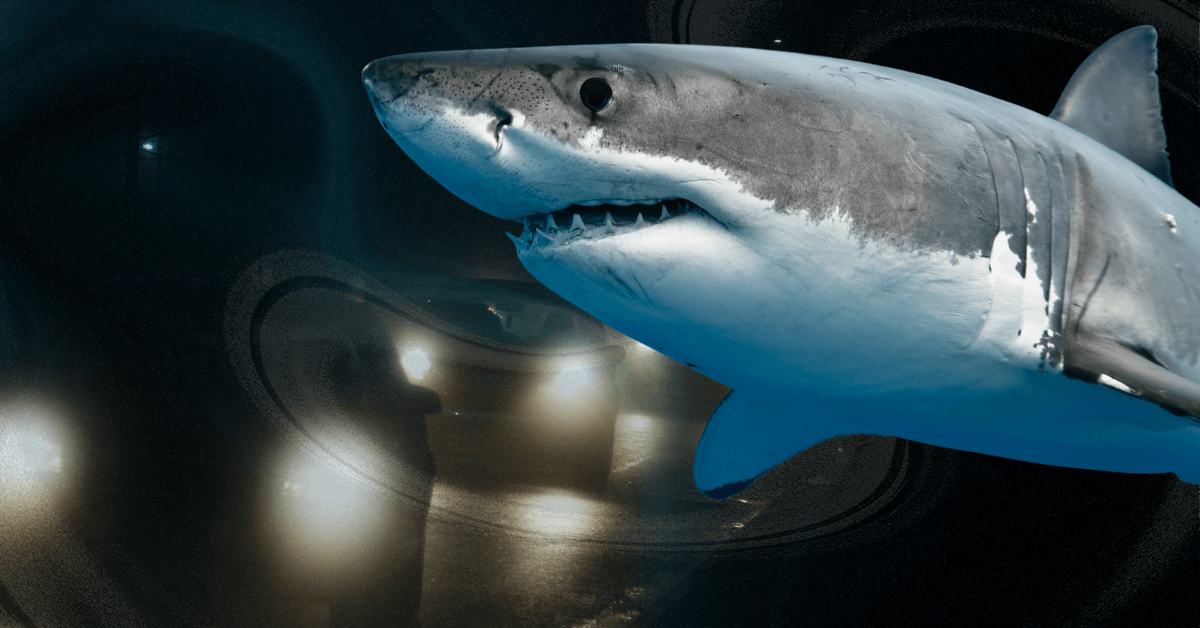Ever wish you could boop the snoot of a Tasmanian tiger?

We have great news.
While we’re still a ways off from making Jurassic Park a reality, Colossal Biosciences announced last week that its de-extinction of the thylacine, or Tasmanian tiger, genome is ~99.9% complete. Per Gizmodo:
- The thylacine, which went extinct in 1936 from overhunting and habitat loss, is being reconstructed from RNA strands taken from an 110-year-old thylacine head found preserved in ethanol.
- Colossal is working to “de-extinct” the mammal by creating a proxy species: replacement animals that look and function the same, but will never be 100% identical to the original species.
The company only has 45 gaps remaining in its thylacine genome and expects to complete them with sequencing over the coming months.
Ultimately, Colossal’s plan is to “re-introduce” the proxy Tasmanian tigers into modern versions of their natural habitats.
Should we be scared? Excited?
Possibly both.
The Tasmanian tiger is just one of the species that Colossal plans to resurrect; it’s also working on proxies for the dodo and the woolly mammoth.
On one hand, Colossal’s resurrection tech has the potential to make animal extinction a thing of the past.
On the other, it could get ethically dicey. For now, the embryos of extinct species would need to be implanted into and birthed by living animals.
Oh, and by the way…
Even if Colossal eventually accomplishes its goal of developing artificial wombs, animals would be born without parents — and there’s no telling if they’d be able to survive in today’s environment.
Some also question why we’d pour funding into bringing animals back from the dead when we have plenty of living animals in need of saving.
Plus, playing God can get weird. Case in point: woolly mammoth meatballs.
Science And Research
.jpg?width=48&height=48&name=IMG_2563%20(1).jpg)










